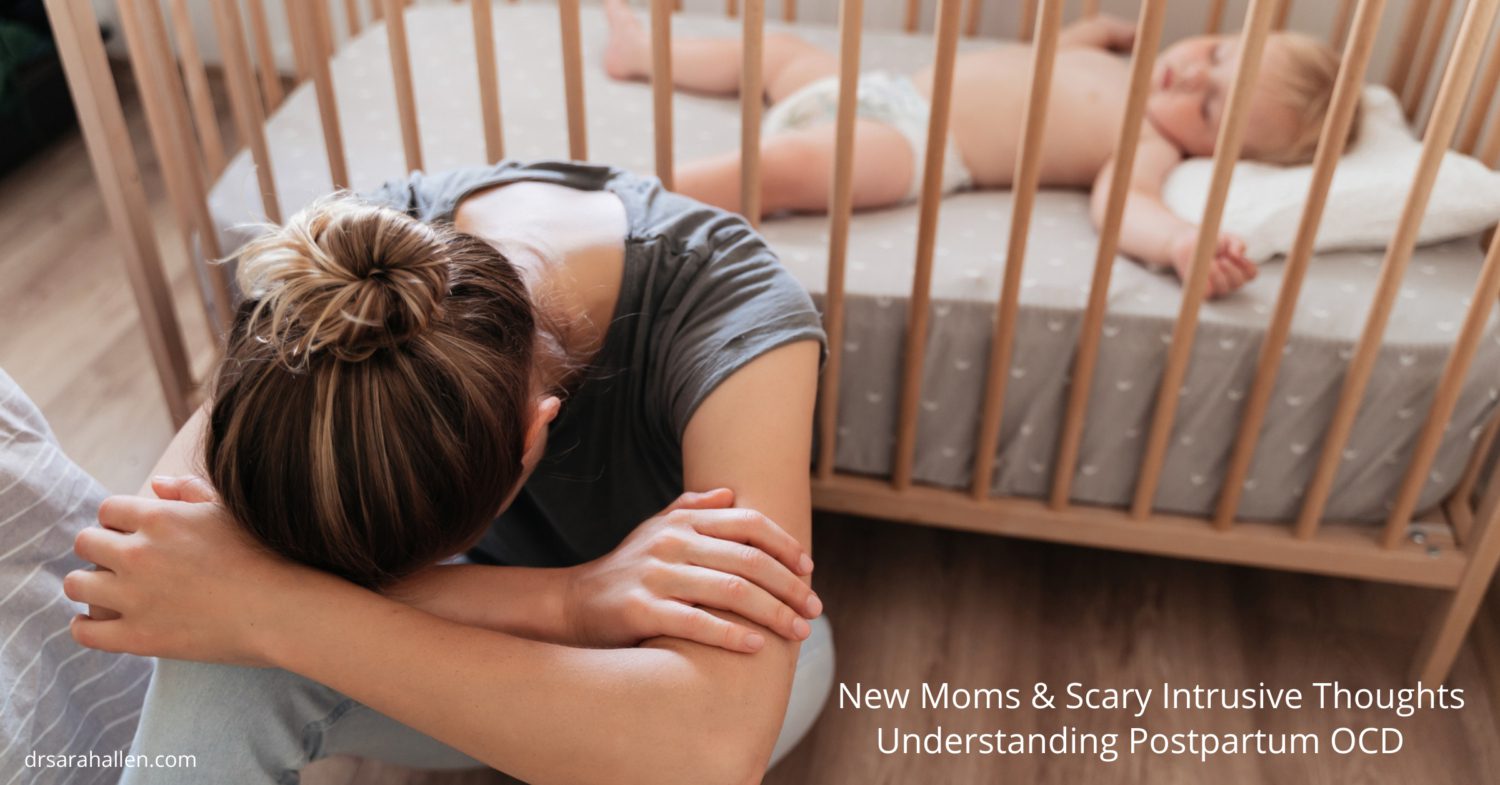There is a lot of awareness now about Postpartum Depression and a growing awareness of Postpartum Anxiety, but women who experience Postpartum OCD often suffer silently and don’t talk about their experiences as their scary intrusive thoughts are often shrouded in shame and fear of harming their baby. Postpartum Obsessional Compulsive Disorder (OCD) is a subset of postpartum anxiety disorders, and includes a range of intrusive thoughts and compulsions. Unlike general postpartum anxiety, which can manifest as pervasive worrying, postpartum OCD is characterized by obsessive repetitive, unwanted and often distressing thoughts, and compulsions – repetitive behaviors that one feels the urge to perform in response to an obsessive thought.
As the name suggests, postpartum OCD specifically affects women during the postpartum period, the first 12 months following the birth of a child. Women suffering from this condition may experience debilitating obsessional thoughts, as well as compulsive behaviors stemming from these thoughts. The obsessions are most commonly centered around the infant’s well-being, along with an intense fear of unintentionally harming their child. These intrusive thoughts can be extremely distressing to the new mother, and they often lead to excessive worry, guilt, and shame. These thoughts are also extremely at odds with a new mother’s true beliefs and are highly distressing but they are scared to let anyone know what is happening to them.
We are passionate about bringing more awareness about this condition and this blog aims to provide a comprehensive understanding of postpartum OCD, including detail on OCD symptoms, potential risk factors, and treatment options available.
READ THE FULL ARTICLE HERE.




